
I’d long been aware of processed food and knew that it wasn’t great. I knew that adding chorizo to my pasta wasn’t as good as having chicken. I was aware that a ready-meal lasagne, although convenient, wasn’t as nutritious as a home-cooked one, and that an even better option was a veggie one. I’d pretty much always get my ‘5 fruit and veg a day’ and I kept on top of my hydration. I generally considered myself to be a relatively healthy eater.
However, it was only when I read physician Chris van Tulleken’s 2023 book Ultra Processed People: Why Do We All Eat Stuff That Isn’t Food… and Why Can’t We Stop? that my whole appreciation of what UPF actually is, and of the harm that it does, made me realize that a dramatic shift was in order.
I’ve since made several major changes to my diet, which I’ll come to in due course. These changes appear to have had a noticeable impact on my energy levels, which was particularly noticeable during my increasingly easy and enjoyable training runs. More than ever, I couldn't wait to lace up my trail running shoes and get out on long runs. Here's what I found...
The effect cutting of UPF on my running performance
Merely a few weeks into my bid to cleanse my diet of UPF, I started to notice markedly less fatigue during training runs. This was particularly noticeable on my longer weekend run and when running hills.
On my longer run, I’d usually be fairly glad to get to the end, having pushed my capacity appropriately. Recently, I’ve not only been arriving home feeling like I could easily go again but I’ve even started adding reps of the local hill to finish things off.
Then, there’s the improvement I've felt on the hills themselves. I’m lucky enough to live near some great trails in Bristol’s Blaise Castle Estate, which is adorned by modest hills on either side of a minor gorge. (I wrote about these trails in our My Favourite Run series). I’d often set out to do a run involving ascents to significant high points above the gorge: Castle Hill, Goram’s Chair and Kings Weston Hill, jokingly calling it Tre Cime di Blaise, a tongue-in-cheek reference to the famous and somewhat mightier three peaks of Tre Cime di Lavaredo in the Italian Dolomites.

Usually, having already ascended to Castle Hill and Goram’s Chair, my legs would give in on the steeper ascent to Kings Weston Hill, unable to provide the power needed. To ease to discomfort, I’d walk the second half of the ascent. It wasn’t something I berated myself about, I’m more than used to walking uphill sections when running in the mountains. However, recently, I’ve been finding this uphill push no problem at all, while still feeling like I’ve got plenty more in the tank at the top. This has led to me pushing on and running yet more hill reps in a single run.
Whether or not this improvement continues to develop over several months is yet to be seen. Perhaps I’ll reach a new plateau, a little higher and faster than the last, but a plateau nonetheless. Or maybe quitting UPF is the first step in my journey towards real competitiveness in races. Time will tell, but with races in the pipeline and hundreds of training runs to come, watch this space.
What is UPF?
- UPFs are industrially produced edible substances containing little or no whole foods
- They contain additives that you wouldn’t typically find in a home kitchen
- The modern definition was coined by Brazilian Carlos Monteiro in 2009
- Consumption of UPF is rife across many nations, with the US and UK among the worst offenders
Ultra-processed foods (UPFs) are formulations of ingredients into edible substances that are made industrially, usually requiring sophisticated equipment and technology. Often containing little or no whole foods, UPFs tend to be ready-to-eat or quick to heat up and are often high in salt, sugar and fat. They also contain industrial additives and are made with processes that you wouldn’t typically find in a home kitchen.
Another way of thinking of UPFs, suggested by van Tulleken, is as edible substances that have been designed to make money, rather than provide nutrition for the person that consumes them. Notice the phrase ‘edible substances’, a nod to the fact that UPFs shouldn’t really be thought of as food.
It’s often the case that UPF packaging makes health claims to make people think what they are buying is good for them. Classic examples are no added sugar or high in vitamins. Many products that people have long thought of as being healthy (or at least not bad for you), such as Tropicana Orange Juice or Diet Coke, simply are not. UPFs are designed to be hyperpalatable – in other words, really tasty – and highly addictive.
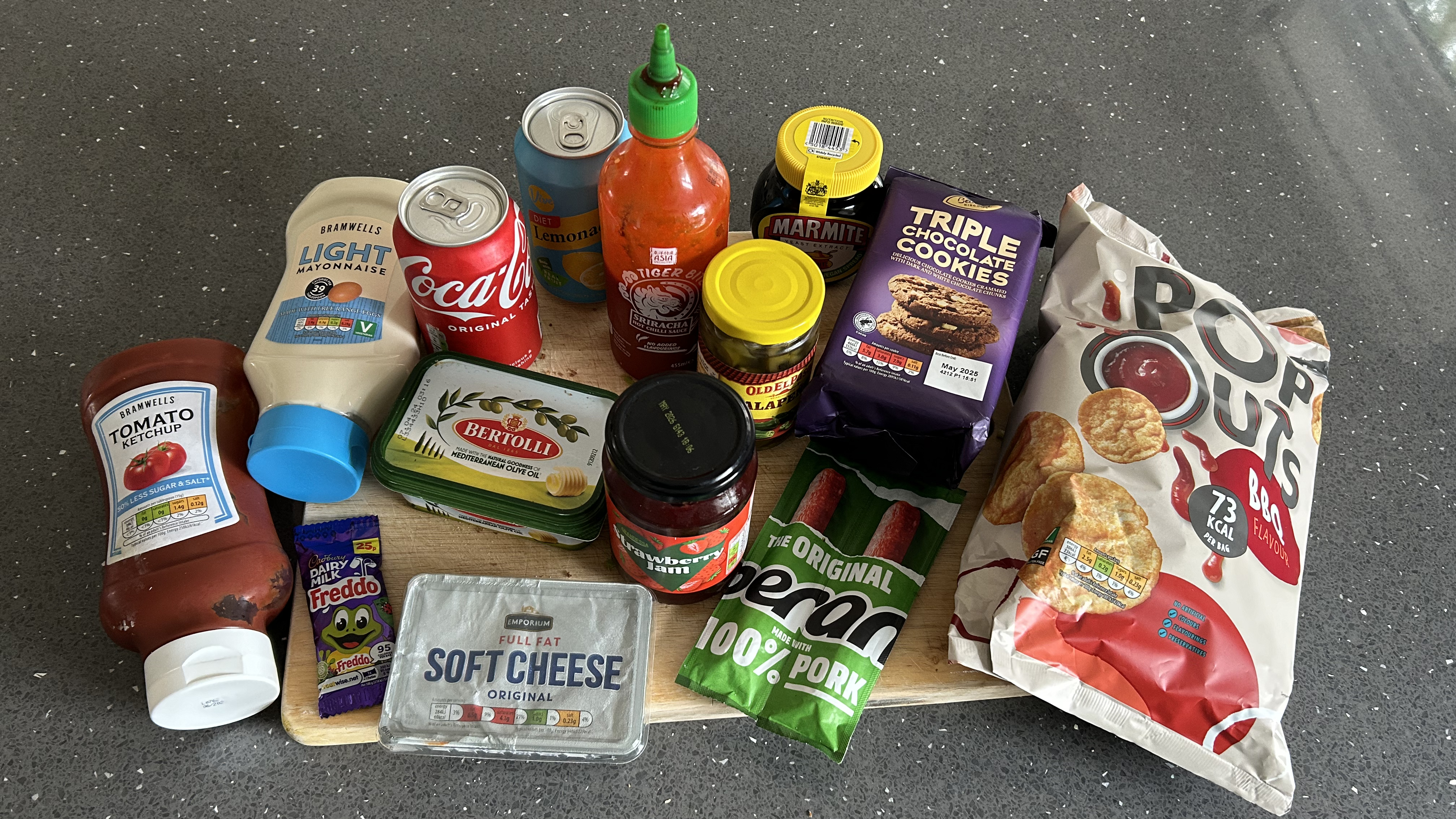
The modern definition of UPF was coined by Brazilian nutrition and health researcher Professor Carlos Monteiro and his colleagues, who separated foods into four distinct groups a 2009 scientific paper. This classification, named the Nova system, has been widely used since when defining what exactly constitutes UPF, though critics point out that the definition isn’t clear cut.
I’m not going to get into the nuts and bolts of how UPFs are created here, though I’d urge you to read further into it for yourself if you haven’t already. However, consumption is rife in many of the world’s countries. Findings from the National Institutes of Health assert that UPFs contribute to over half the total calories consumed in the US. Data from the UK National Diet and Nutrition Survey in July 2024 found that adolescents in the UK consume around two-thirds of their daily calories from UPF. It’s often the case that those from poorer backgrounds are worst affected, as UPF is cheap and convenient, making it an affordable, time saving option.
Why is UPF bad for you?
- UPFs are designed to make money, rather than nourish the one who consumes them
- They contain many additives to make them last longer, survive transportation and achieve hyperpalatability
- Research shows strong links between UPF and a wide range of health conditions, including obesity, heart disease and cancer
UPFs are designed to make money, therefore the scientists that have formulated these ‘edible substances’ have altered their make-up to achieve this. They need to be cheap to produce, so often use the most cost-effective available ingredients as substitutes for healthier ones. They need to be easy to store and transport, with substances added to increase their shelf-life way beyond the whole food equivalent. Convenience is another factor – thanks to their lack of perishability, they’re often ready-to-consume, which is very attractive to many people in today’s busy world.
It’s the additional flavorings that make UPFs hyperpalatable, while other substances are added to provide pleasing textures and a pleasant mouthfeel. However, the nutritional value of the resulting product can be vanishingly low. It’s these additional flavourings that provide the taste, not the actual substance that you’re eating. The product is typically calorie dense and high in sugar, salt and fat.

Substances added to UPF to achieve all the above range from emulsifiers, preservatives, gums, flavor enhancers, colouring and artificial sweeteners, as well as bulking, foaming, gelling, glazing, anti-foaming and carbonating agents. Our bodies simply haven’t evolved to process (ironically) these novel substances, which is one of the many reasons UPFs are no good for us.
Ultimately, current research shows that excessive consumption of UPF raises the risk of high blood pressure, cardiovascular issues and strokes. There are also consistent links between UPF and obesity, cancer, depression, dementia and type 2 diabetes. In short, it ain’t good.
There’s a growing sense that the relatively easy ride UPF manufacturers have enjoyed over the decades is coming to an end, as people become more and more aware of its harms and the damage it does to society. Some nations already strongly advise children under two and pregnant women against consuming UPF.
Nevertheless, it’s thought that we’re due to be the first generation in the modern era that’s set for poorer health than our parents. This is coupled with the inevitable changes we’ll all have to make in our diets in order to save the planet from climate catastrophe – beef, your days are numbered. The future of food is one of whole foods, personalized nutrition, alternative sources of protein, genetic modification and fermentation. UPFs and livestock farming are unsustainable in their current form.
Meet the runner
What major changes have I made?
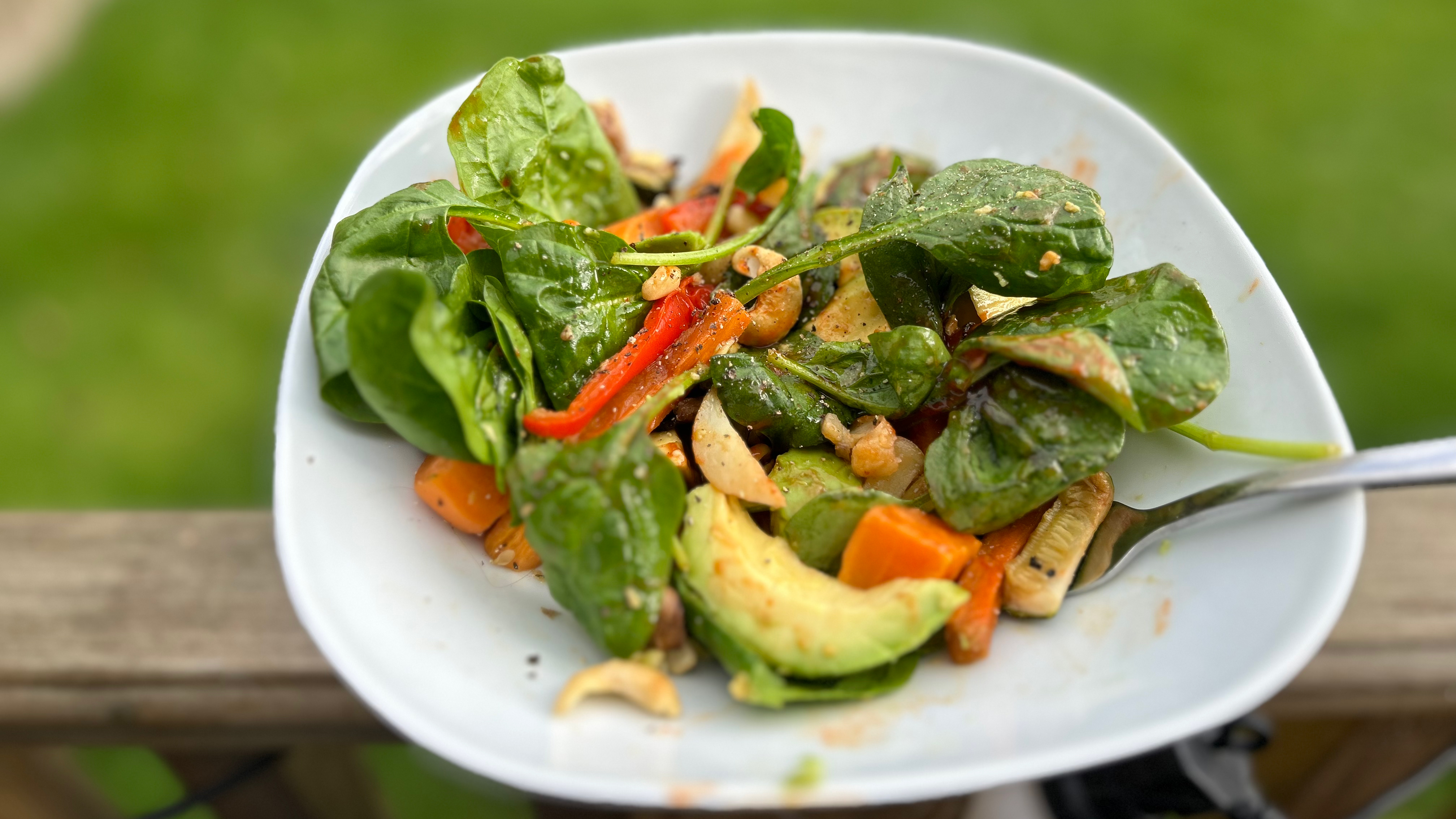
First of all, in the spirit of honesty, I haven’t totally cut out every single instance of UPF. Doing so is remarkably difficult, we’re surrounded by the stuff, though I suspect doing so may become easier as attitudes shift in the coming decades. Nonetheless, I’ve still been occasionally using Sriracha Sauce (UPF!) to liven up a roasted veg salad or adding a cream cheese (UPF!) and lemon sauce to a salmon tray bake. I hope, dear reader, you’ll forgive these indiscretions.
The biggest gains have been made where I used to habitually consume UPF. I’ve swapped these for healthier alternatives.
Breakfast
- Swapped cereal for yoghurt with fruit or porridge
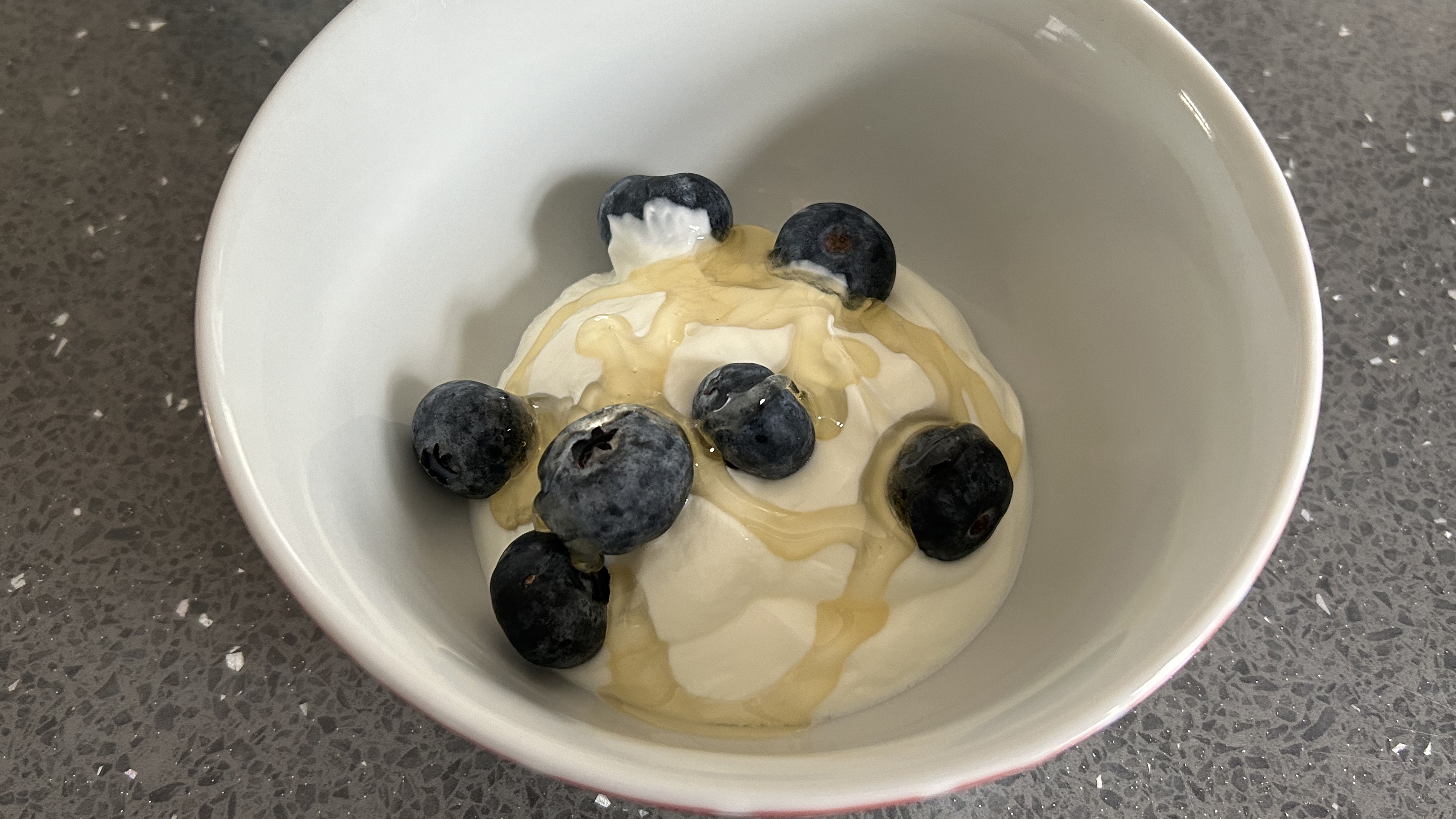
I’ve long been a fan of Fruit 'n Fibre cereal. It’s delicious and it sounds healthy. I knew it contained quite a bit of sugar but I was hardly guzzling Frosties down every morning. (Although this is what my parents gave me as an infant, while Kellogg's execs were laughing at their near monopoly on breakfast cereals.)
Fruit 'n Fibre is a UPF, containing additional barley malt extract, niacin, riboflavin, thiamine, folic acid and vitamin B6, vitamin D and vitamin B12. And before you say it, some scientists – including epidemiologist and ZOE co-founder Tim Spector – are sceptical whether vitamin supplements have any benefits at all.
I’ve swapped Fruit 'n Fibre for either a hearty bowl of porridge with ground cinnamon or berries, or whole Greek style yoghurt with a range of chopped fruit. Do I miss the crunch, mouthfeel and sugar hit of my daily Fruit and Fibre? A little bit. Am I glad of the change? Absolutely.
Morning snacks and lunch
- Swapped supermarket bought bread for sourdough
- Rarely have a sandwich, instead making a roasted vegetable salad or similar
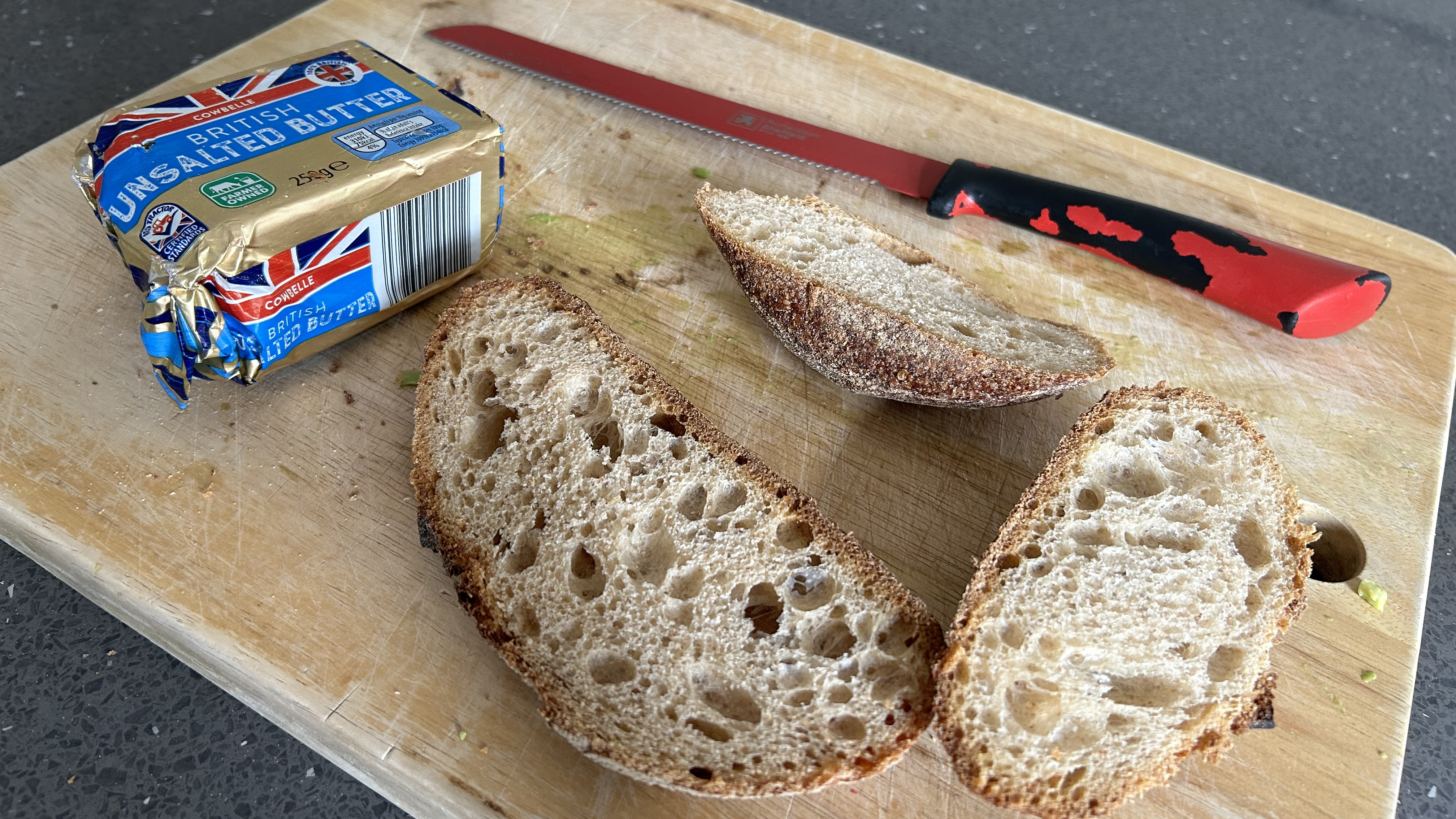
I used to buy supermarket bread, crumpets, bagels, muffins, part-baked rolls, the lot. I usually work from home and I’d often have a couple of slices of toast at around 11am with my mid-morning brew. Of all the things I’ve cut out, supermarket bread may have had the biggest impact. Even a healthy seeming seeded batch loaf contains rapeseed oil, palm oil, extra sugar, extra salt, wheat gluten, soya flour, emulsifiers, preservatives and flour treatment agents.
These days, I buy sourdough from a local bakery, though I fully intend to start making it myself too. Now, when I have soup, or on the rare occasion I have a sandwich, it’s sourdough all the way. Oh, and I use butter in its purest form, rather than the spreadable stuff, which contains additives to make it so.
Generally, I’ve moved away from the lunchtime sandwich, experimenting instead with roasting a variety of vegetables, mixing them up with spinach, rocket and other salad leaves and liberally adding cashew or walnut halves. This cornucopia of plant-based whole foods is usually delicious and leaves me feeling better about myself.
Evening meal and post-meal treat
- We tend to cook with whole foods, avoiding microwave meals and the like
- We've stopped having cookies as an evening treat every night
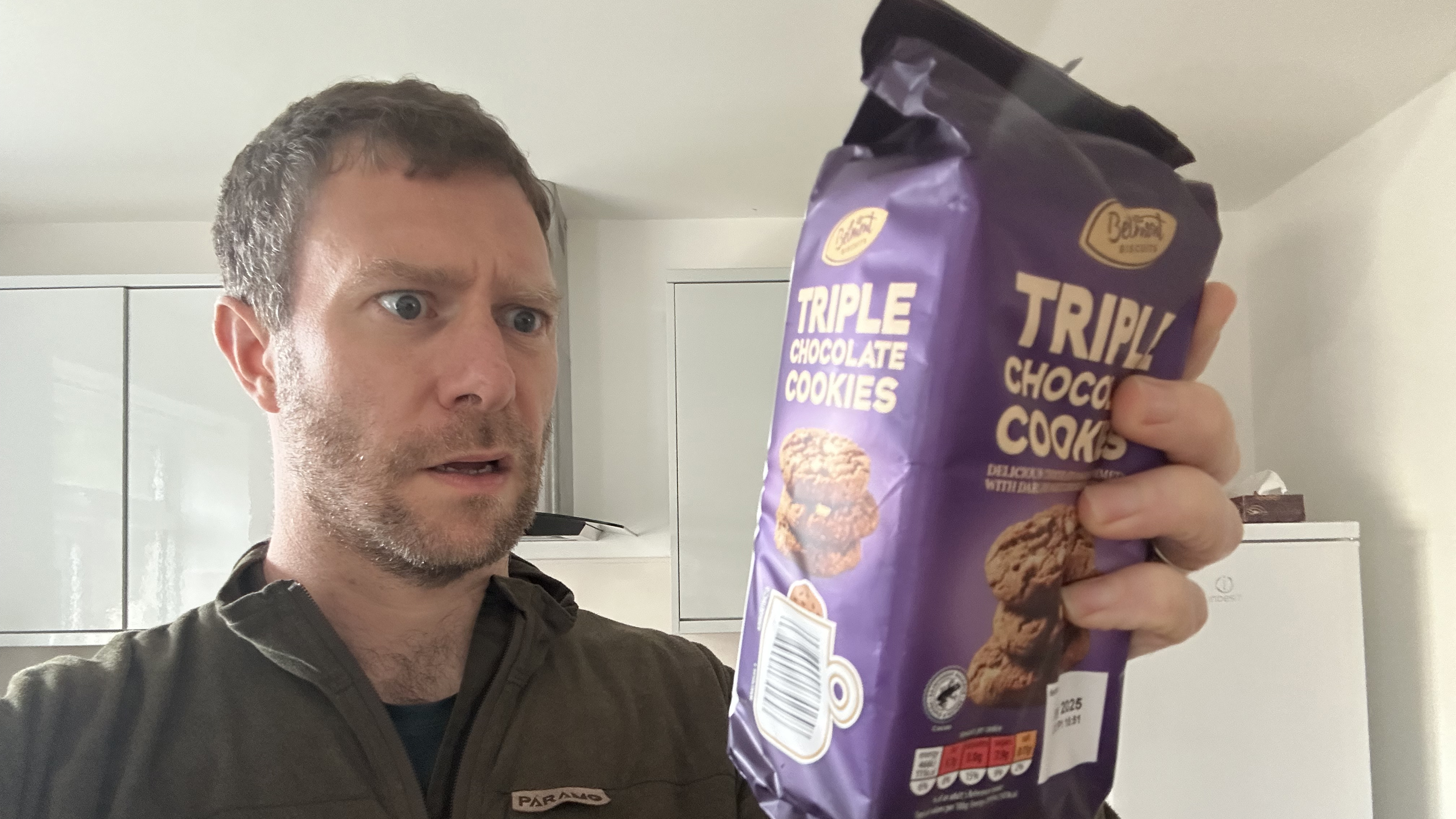
Dinner was probably the meal I was already doing a pretty good job of, especially as I was cooking it as my two-year-old daughter’s main meal too. However, my wife and I were not averse to an oven pizza on a Friday or a macaroni and cheese ready meal. Sometimes we’d really go wild with a Korean takeaway on a Saturday night. Since cutting back on UPF, these occurrences are much more rare and we generally cook with whole ingredients, mindful to have a few days without fish or meat.
We admittedly still occasionally have a pizza – it’s a delicious and an easy treat at the end of the working week. No one is perfect and I don’t berate myself for this in the slightest.
Another habit we’ve shifted is the chocolate cookies we’d eat pretty much every night, with a cup of tea, while watching Netflix (other streaming services are available). It had definitely become an unhealthy habit and moving away from it was undoubtedly beneficial. Of course, the occasional cookie won’t do too much harm, but two a night, every night was a bit excessive. Especially when they contain added sugar, mango fats, palm fat, shea fat, sal fat, emulsifiers, whey powder, lactose, butter oil, flavouring, partially inverted sugar syrup (what now?), glucose syrup, molasses, raising agents, ammonium carbonates, sodium carbonates and diphosphates. I mean… what have I been eating all this time?
Could my improvement be down to something else?
It’s hard to measure the exact impact of changing your diet when there are so many other variables that may also have a bearing on wellbeing and athletic performance. These include things like the amount of sleep you’ve managed to get, your stress levels and the quality of training leading up to the change. This is a problem that is alluded to a few times in van Tulleken’s Ultra Processed People.
During my adult life, my weight has tended to fluctuate between around 74 and 78kg. Around the time of my improved performance, I weighed myself and was surprised to see just 72kg register on the scales. There’s no doubt that carrying a few kilograms less would be beneficial when taking on hills and longer runs. However, there's a good chance this weight loss is directly linked to my UPF avoidance, or at least the specific UPFs that I no longer habitually consume.

My training leading up to the improvement was going well, though it had been interspersed with a few strenuous hiking trips too. Both of these factors could account for both my weight loss and improved performance. It’s possible that I’d managed to enhance my capacity for the extra miles and the additional vert. However, the improvement was so sudden that I’m not convinced this was the case.
I’d also been sleeping pretty well and my professional life at the time wasn’t particularly stressful. On balance, I suspect that my recent improved running form is down to a combination of the above. However, I strongly suspect it’s cutting UPF that has been the major contributing factor in bringing it all together. It’s the one variable that was markedly different to other periods of solid training I've had over recent years. On those other occasions, I hadn’t felt such a tangible improvement.
In conclusion
This "experiment" wasn't conducted under scientific conditions, so it's impossible to come to any definitive conclusions. But, regardless of other potential causes for improvements in athletic performance, I’m absolutely convinced that ditching UPF is a hugely positive move both for my own health, society (less money going to multinational food giants) and the planet. More than anything, I now have a much greater interest in where my food comes from and how healthy it is, while my determination to prepare healthier food for my family has led to a revolution in the kitchen.
This newfound curiosity has led me to read up more about the gut microbiome and personalized nutrition. I’m currently working my way through epidemiologist Tim Spector’s 2022 book Food for Life, which reveals the idea that we all have a unique response to different foods and the concept of individualised nutrition, as well as detailing the current health research on pretty much every kind of whole food imaginable.
I’m excited about the potential gains to be made from this culinary reawakening. I just hope the word spreads faster than the processed food giants' attempts to skew research and get public health messaging back in their favor, leaving us all in the dark.







